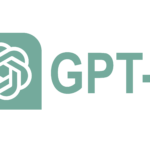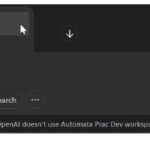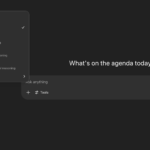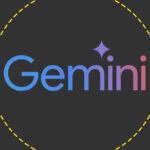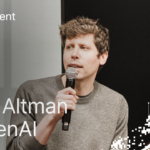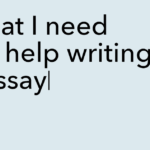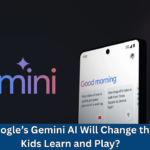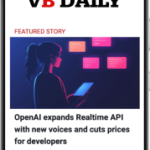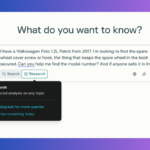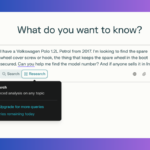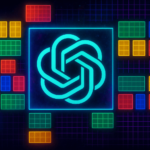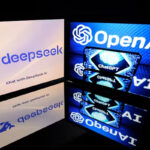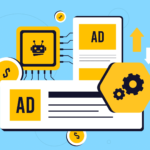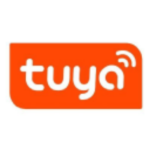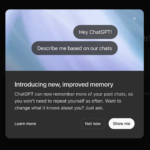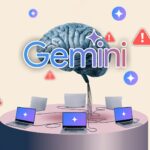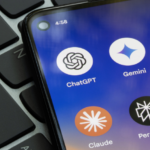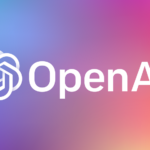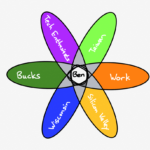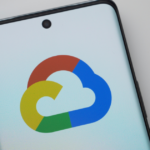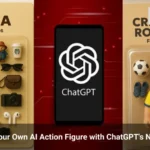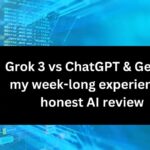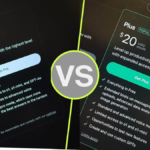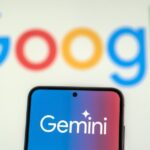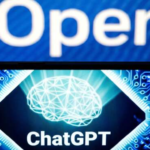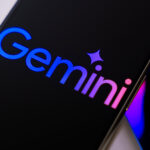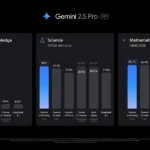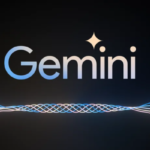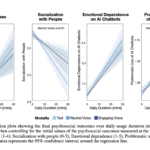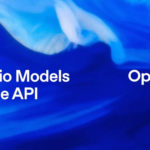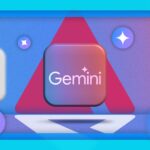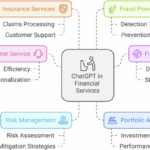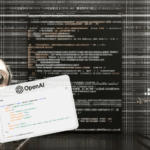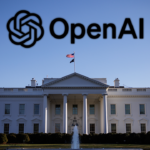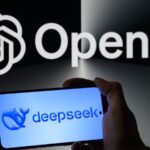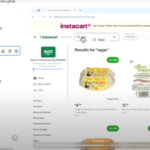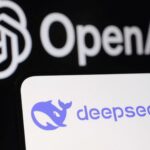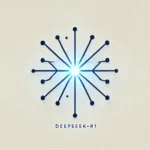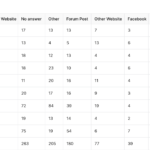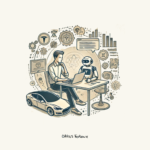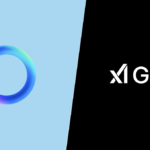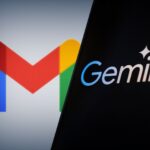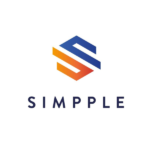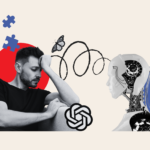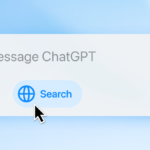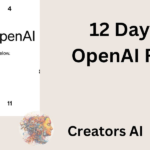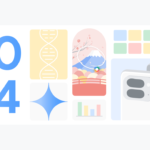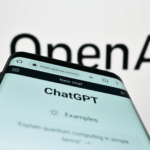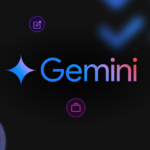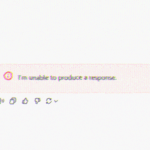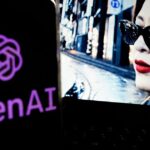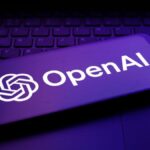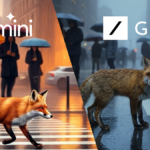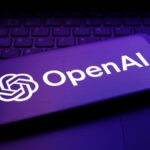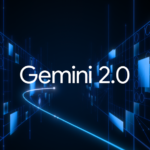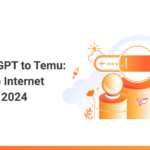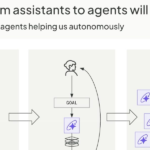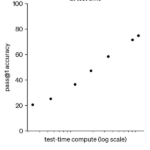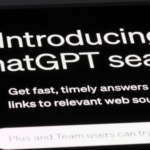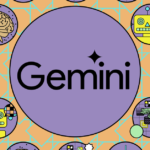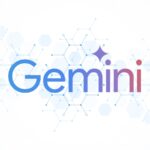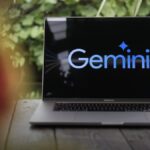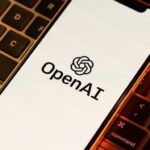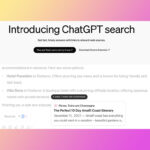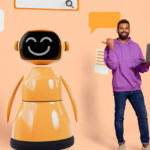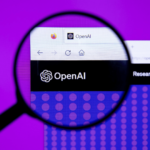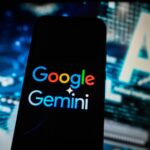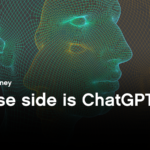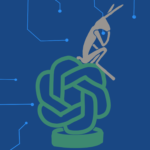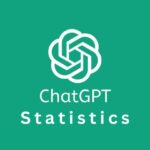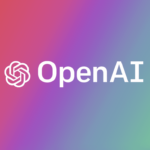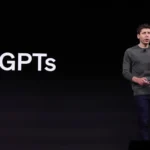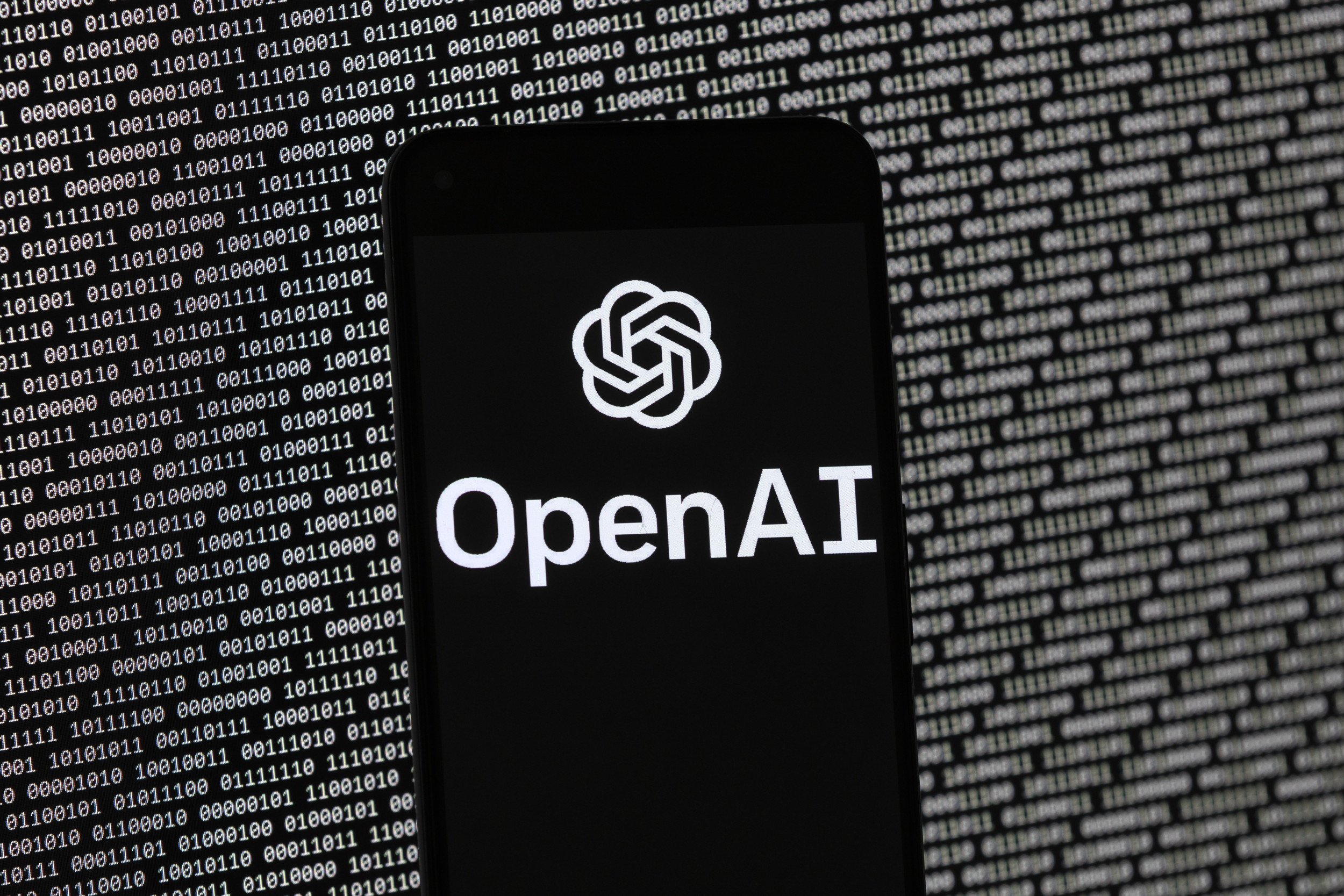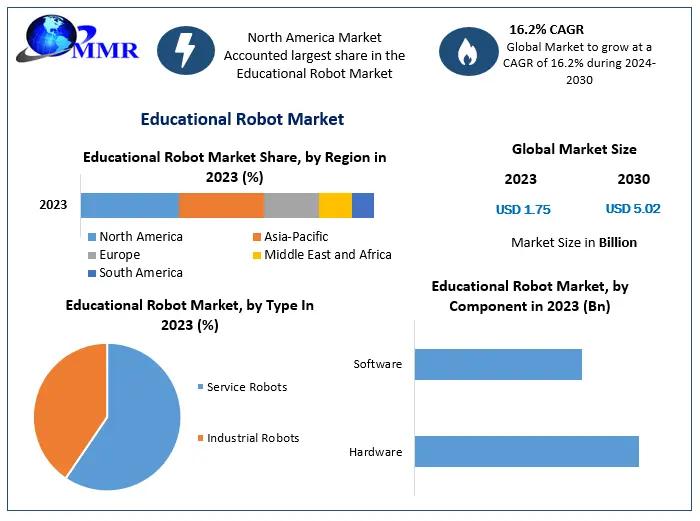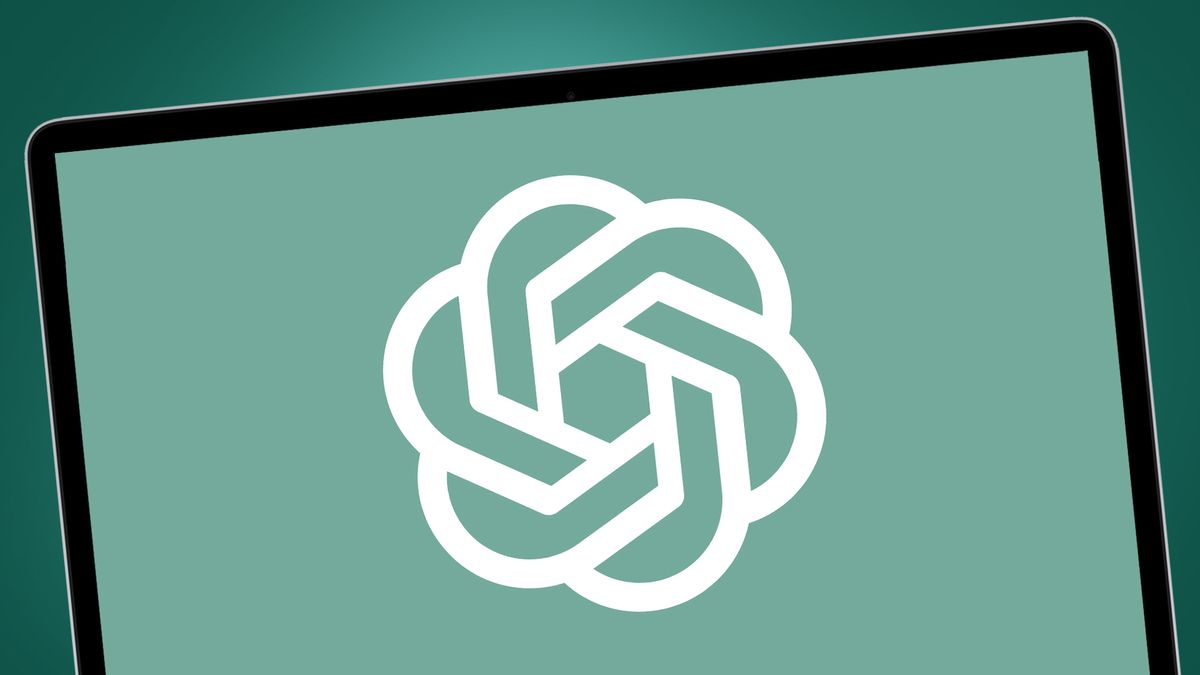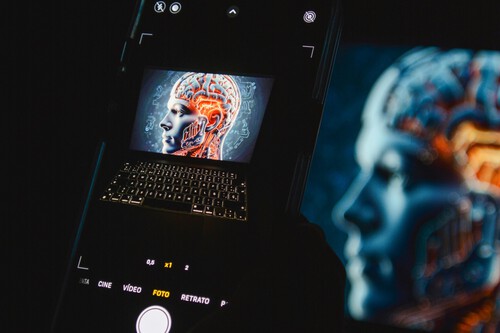Noticias
How ChatGPT, Gemini, Claude, And Others Are Shaping The Future Of Artificial Intelligence – Analysis – Eurasia Review
Published
8 meses agoon

The competition among top AI models is transforming how we work, create, and communicate. But as these systems grow smarter and more accessible, new questions emerge about cost, sustainability, and responsible development in a rapidly evolving landscape.
Artificial intelligence (AI) has seen rapid growth, transforming industries and daily life. From chatbots to advanced generative models, AI’s capabilities continue to expand, driven by powerful companies investing heavily in research and development. “The development of AI is as fundamental as the creation of the microprocessor, the personal computer, the Internet, and the mobile phone,” wrote Bill Gates in 2023. “It will change the way people work, learn, travel, get health care, and communicate with each other.”
In 2025, companies such as OpenAI, Google, Anthropic, and emerging challengers like DeepSeek have pushed the boundaries of what large language models (LLMs) can do. Moreover, corporate solutions from Microsoft and Meta are making AI tools more accessible to enterprises and developers alike. This article explores the latest AI models available to the public, their advantages and drawbacks, and how they compare in the competitive AI landscape.
The Power and Performance of AI Models
AI models rely on extensive computational resources, particularly large language models (LLMs) that require vast datasets and processing power. The leading AI models undergo complex training procedures that involve billions of parameters, consuming significant energy and infrastructure.
Key AI players invest in cutting-edge hardware and optimization strategies to improve efficiency while maintaining high performance. The balance between computational power, speed, and affordability is a significant factor in differentiating these AI models.
The Competitive Landscape: Top AI Models
OpenAI’s ChatGPT
ChatGPT, developed by OpenAI, is one of the most recognizable and widely used AI models in the world. Built with a dialogue-driven format, ChatGPT is designed to answer follow-up questions, challenge incorrect premises, admit mistakes, and reject inappropriate requests. Its versatility has made it a leading AI tool for both casual and professional use, spanning industries such as customer service, content creation, programming, and research.
ChatGPT is ideal for a wide range of users, including writers, business professionals, educators, developers, and researchers. Its free-tier accessibility makes it an excellent starting point for casual users, while businesses, content creators, and developers can leverage its advanced models for enhanced productivity and automation.
It is also among the most user-friendly AI models available, featuring a clean interface, intuitive responses, and seamless interaction across devices. However, organizations that require custom AI models or stricter data privacy controls may find its closed-source nature restrictive, particularly compared to open-source alternatives like Meta’s LLaMA.
The latest version, GPT-4o, is available for free-tier users and offers a strong balance of speed, reasoning, and text generation capabilities. For users seeking enhanced performance, ChatGPT Plus provides priority access and faster response times at a monthly subscription cost.
For professionals and businesses requiring more robust capabilities, ChatGPT Pro unlocks advanced reasoning features through the o1 pro mode, which includes enhanced voice functionality and improved performance on complex queries.
Developers looking to integrate ChatGPT into applications can access its API, a type of software interface. Pricing starts at approximately $0.15 per million input tokens and $0.60 per million output tokens for GPT-4o mini, while the more powerful o1 models come at a higher cost. A token is defined as a fundamental unit of data, like a word or subword, that an AI model processes to understand and generate text.
One of ChatGPT’s greatest strengths is its versatility and conversational memory. It can handle a broad range of tasks, from casual conversation and creative writing to technical problem-solving, coding assistance, and business automation. When memory is enabled, ChatGPT can retain context across interactions, allowing for a more personalized user experience.
Another key advantage is its proven user base—with hundreds of millions of users worldwide, ChatGPT has undergone continuous refinement based on real-world feedback, improving its accuracy and usability. Additionally, GPT-4o’s multimodal capabilities allow it to process text, images, audio, and video, making it a comprehensive AI tool for content creation, analysis, and customer engagement.
While a free version exists, the most powerful features require paid subscriptions, which may limit accessibility for smaller businesses, independent developers, and startups. Another drawback is an occasional lag in real-time updates; even though ChatGPT has web-browsing capabilities, it may struggle with the most recent or fast-changing information. Lastly, its proprietary model means users have limited control over modifications or customization, as they must adhere to OpenAI’s data policies and content restrictions.
Google’s Gemini
Google’s Gemini series is renowned for its multimodal capabilities and its ability to handle extensive context, making it a versatile tool for both personal and enterprise-level applications.
General consumers and productivity users benefit from Gemini’s deep integration with Google Search, Gmail, Docs, and Assistant, making it an excellent tool for research, email drafting, and task automation. Business and enterprise users find value in Gemini’s integration with Google Workspace, enhancing collaboration across Drive, Sheets, and Meet. Developers and AI researchers can leverage its capabilities through Google Cloud and Vertex AI, making it a strong choice for building AI applications and custom models. Creative professionals can take advantage of its multimodal abilities, working with text, images, and video. Meanwhile, students and educators benefit from Gemini’s ability to summarize, explain concepts, and assist with research, making it a powerful academic tool.
Google Gemini is highly accessible, especially for those already familiar with Google services. Its seamless integration across Google’s ecosystem allows for effortless adoption in both personal and business applications. Casual users will find it intuitive, with real-time search enhancements and natural interactions that require little to no learning curve. Developers and AI researchers can unlock advanced customization through API access and cloud-based features, though utilizing these tools effectively may require technical expertise.
The current versions, Gemini 1.5 Flash and Pro, cater to different needs, with Flash offering a cost-efficient, distilled option and Pro providing higher performance. Meanwhile, the Gemini 2.0 series, designed primarily for enterprise use, includes experimental models like Gemini 2.0 Flash with enhanced speed and multimodal live APIs, as well as the more powerful Gemini 2.0 Pro.
Basic access to Gemini is often free or available through Google Cloud’s Vertex AI. Still, advanced usage, especially when integrated into enterprise solutions, was introduced at $19.99–$25 per month per user, with pricing adjusted to reflect added features like a 1-million-token context window.
Gemini’s main advantage over other AIs is that it excels in processing text, images, audio, and video simultaneously, making it a standout in multimodal mastery. It also integrates seamlessly with Google Workspace, Gmail, and Android devices, making it a natural fit for users already in the Google ecosystem. Additionally, it offers competitive pricing for developers and enterprises needing robust capabilities, especially in extended context handling.
However, Gemini’s performance can be inconsistent, particularly with rare languages or specialized queries. Some advanced versions may be limited by safety testing, delaying wider access. Furthermore, its deep integration with Google’s ecosystem can be a barrier for users outside that environment, making adoption more challenging.
Anthropic’s Claude
Anthropic’s Claude is known for its emphasis on safety, natural conversational flow, and long-form contextual understanding. It is particularly well-suited for users who prioritize ethical AI usage and structured collaboration in their workflows.
Researchers and academics who need long-form contextual retention and minimal hallucinations, as well as writers and content creators who benefit from its structured approach and accuracy, will find Claude an essential and beneficial AI assistant. Business professionals and teams can leverage Claude’s “Projects” feature for task and document management, while educators and students will find its safety guardrails and clear responses ideal for learning support.
Because Claude is highly accessible for those seeking a structured, ethical AI with a strong contextual understanding, it is moderately suitable for creative users who may find its restrictive filters limiting and less ideal for those needing unrestricted, fast brainstorming tools or AI-generated content with minimal moderation.
Claude 3.5 Sonnet, on the other hand, is the flagship model, offering enhanced reasoning, speed, and contextual understanding for both individual and enterprise users. For businesses and teams, the Claude Team and Enterprise Plans start at approximately $25 per user per month (billed annually), providing advanced collaboration features. Individual users can access Claude Pro, a premium plan that costs around $20 per month, offering expanded capabilities and priority access. A limited free tier is also available, allowing general users to explore basic features and test its functionality.
Unlike most AIs, Claude excels in ethical AI safety, extended conversational memory, and structured project management, making it ideal for users who require reliable and well-moderated AI assistance. Its intuitive interface and organization tools enhance productivity for writers, researchers, educators, and business professionals.
However, there are instances when availability constraints during peak hours can disrupt workflow efficiency. Claude’s strict safety filters, while preventing harmful content, sometimes limit creative flexibility, making it less suitable for highly experimental or unrestricted brainstorming sessions. Additionally, enterprise costs may be high for large-scale teams with extensive AI usage.
DeepSeek AI
DeepSeek, a newcomer from China, has quickly gained attention for its cost efficiency and open-access philosophy. Unlike many established AI models, DeepSeek focuses on providing affordable AI access while maintaining strong reasoning capabilities, making it an appealing option for businesses and individual users alike. “DeepSeek R1 is one of the most amazing and impressive breakthroughs I’ve ever seen—and as open source, a profound gift to the world,” said Marc Andreessen, former software engineer and co-founder of Netscape.
Being an excellent choice for cost-conscious businesses, independent developers, and researchers who need a powerful yet affordable AI solution, DeepSeek is particularly suitable for startups, academic institutions, and enterprises that require strong reasoning and problem-solving capabilities without high operational costs. It is highly accessible for individuals due to its free web-based model, and even developers and enterprises benefit from its low-cost API. However, organizations requiring politically neutral AI models or strict privacy assurances may find it less suitable, especially in industries where data security and regulatory compliance are paramount.
The latest model, DeepSeek-R1, is designed for advanced reasoning tasks and is accessible through both an API and a chat interface. An earlier version, DeepSeek-V3, serves as the architectural foundation for the current releases, offering an extended context window of up to 128,000 tokens while being optimized for efficiency.
DeepSeek is free for individual users through its web interface, making it one of the most accessible AI models available. However, for business applications, API usage comes at a significantly lower cost than U.S. competitors, making it an attractive option for enterprises looking to reduce expenses. Reports indicate that DeepSeek’s training costs are drastically lower, with estimates suggesting it was trained for approximately $6 million, a fraction of the cost compared to competitors, whose training expenses can run into the tens or hundreds of millions.
One of DeepSeek’s biggest strengths is its cost efficiency. It allows businesses and developers to access powerful AI without the financial burden associated with models like OpenAI’s GPT-4 or Anthropic’s Claude. Its open-source approach further enhances its appeal, as it provides model weights and technical documentation under open licenses, encouraging transparency and community-driven improvements.
Additionally, its strong reasoning capabilities have been benchmarked against leading AI models, with DeepSeek-R1 rivaling OpenAI’s top-tier models in specific problem-solving tasks. As Anthropic co-founder Jack Clark wrote in his “Import AI” newsletter, “R1 is significant because it broadly matches OpenAI’s o1 model on a range of reasoning tasks and challenges the notion that Western AI companies hold a significant lead over Chinese ones.”
A notable problem with DeepSeek is that its response latency, especially during periods of high demand, makes it less ideal for real-time applications where speed is crucial. Censorship and bias are also potential concerns. DeepSeek aligns with local content regulations, meaning it may sanitize or avoid politically sensitive topics, which could limit its appeal in global markets. Additionally, some users have raised privacy concerns due to its Chinese ownership, questioning whether its data policies are as stringent as those of Western AI companies that comply with strict international privacy standards.
Microsoft’s Copilot
Microsoft’s Copilot is a productivity-focused AI assistant designed to enhance workplace efficiency through seamless integration with the Microsoft 365 suite. By embedding AI-powered automation directly into tools like Word, Excel, PowerPoint, Outlook, and Teams, Copilot serves as an intelligent assistant that streamlines workflows, automates repetitive tasks, and enhances document generation.
Ideal for businesses, enterprise teams, and professionals who heavily rely on Microsoft 365 applications for their daily operations, Microsoft’s Copilot is particularly beneficial for corporate professionals, financial analysts, project managers, and administrative staff who need AI-powered assistance to enhance productivity and reduce time spent on routine tasks. However, organizations that prefer open-source AI models or require flexible, cross-platform compatibility may find Copilot less suitable, especially if they rely on non-Microsoft software ecosystems for their workflows.
Microsoft 365 Copilot is available across Microsoft’s core productivity applications, providing AI-powered assistance for document creation, email drafting, data analysis, and meeting summarization. The service costs approximately $30 per user per month and typically requires an annual subscription. However, pricing can vary based on region and enterprise agreements, with some organizations receiving customized pricing based on their licensing structure.
One of Copilot’s most significant advantages is its deep ecosystem integration within Microsoft 365. For businesses and professionals already using Microsoft Office, Copilot enhances workflows by embedding AI-driven suggestions and automation directly within familiar applications. Its task automation capabilities are another significant benefit, helping users generate reports, summarize meetings, draft emails, and analyze data more efficiently. Furthermore, Copilot receives continuous updates backed by Microsoft’s substantial investments in AI and cloud computing, ensuring regular improvements in performance, accuracy, and feature expansion.
In contrast, one of the significant drawbacks of Microsoft’s Copilot is its ecosystem lock-in—Copilot is tightly coupled with Microsoft 365, meaning its full potential is only realized by organizations already invested in Microsoft’s software ecosystem. Limited flexibility is another concern, as it lacks extensive third-party integrations found in more open AI platforms, making customization difficult for businesses that rely on a broader range of tools. Additionally, some users report occasional response inconsistencies, where Copilot may lose context in long sessions or provide overly generic responses, requiring manual refinement.
Meta AI
Meta’s suite of AI tools, built on its open-weight LLaMA models, is a versatile and research-friendly AI suite designed for both general use and specialized applications. Meta’s approach prioritizes open-source development, accessibility, and integration with its social media platforms, making it a unique player in the AI landscape. It is ideal for developers, researchers, and AI enthusiasts who want free, open-source models that they can customize and fine-tune. It is also well-suited for businesses and brands leveraging Meta’s social platforms, as its AI can enhance customer interactions and content creation within apps like Instagram and WhatsApp.
Meta AI is highly accessible for developers and researchers due to its open-source availability and flexibility. However, businesses and casual users may find it less intuitive compared to AI models with more refined user-facing tools. Additionally, companies needing strong content moderation and regulatory compliance may prefer more tightly controlled AI systems from competitors like Microsoft or Anthropic.
Meta AI operates on a range of LLaMA models, including LLaMA 2 and LLaMA 3, which serve as the foundation for various applications. Specialized versions, such as Code Llama, are tailored for coding tasks, offering developers AI-powered assistance in programming.
One of Meta AI’s standout features is its open-source licensing, which makes many of its tools free for research and commercial use. However, enterprise users may encounter service-level agreements (SLAs) or indirect costs, especially when integrating Meta’s AI with proprietary systems or platform partnerships.
Meta AI’s biggest advantage is its open-source and customizable nature, allowing developers to fine-tune models for specific use cases. This fosters greater innovation, flexibility, and transparency compared to closed AI systems. Additionally, Meta AI is embedded within popular social media platforms like Facebook, Instagram, and WhatsApp, giving it massive consumer reach and real-time interactive capabilities. Meta also provides specialized AI models, such as Code Llama, for programming and catering to niche technical applications.
Despite its powerful underlying technology, Meta AI’s user interfaces and responsiveness can sometimes feel less polished than those of competitors like OpenAI and Microsoft. Additionally, Meta has faced controversies regarding content moderation and bias, raising concerns about AI-generated misinformation and regulatory scrutiny. Another challenge is ecosystem fragmentation; with multiple AI models and branding under Meta, navigating the differences between Meta AI, LLaMA, and other offerings can be confusing for both developers and general users.
AI’s Impact on the Future of Technology
As AI adoption grows, the energy demand for training and operating these models increases. Companies are developing more efficient AI models while managing infrastructure costs. Modern AI models, particularly those known as large language models (LLMs), are powerhouses that demand vast computational resources. Training these models involves running billions of calculations across highly specialized hardware over days, weeks, or even months.
The process is analogous to running an industrial factory non-stop—a feat that requires a tremendous amount of energy. The rise of AI assistants, automation, and multimodal capabilities will further shape industries, from customer support to content creation. “The worst thing you can do is have machines wasting power by being always on,” said James Coomer, senior vice president for products at DDN, a California-based software development firm, during the 2023 AI conference ai-PULSE.
AI competition will likely drive further advancements, leading to smarter, more accessible, and environmentally conscious AI solutions. However, challenges related to cost, data privacy, and ethical considerations will continue to shape the development of AI.
Sustainable AI and the Future
AI companies are actively addressing concerns about energy consumption and sustainability by optimizing their models to enhance efficiency while minimizing power usage. One key approach is leveraging renewable energy sources, such as solar and wind power, to supply data centers, which significantly reduces their carbon footprint. Additionally, advancements in hardware are being developed to support more energy-efficient AI computation, enabling systems to perform complex tasks with lower energy demands. These innovations not only help reduce environmental impact but also contribute to long-term cost savings for AI companies.
Beyond technological improvements, regulatory policies are being introduced to ensure AI growth aligns with environmental sustainability. Governments and industry leaders need to work together to establish guidelines that encourage responsible energy consumption while promoting research into eco-friendly AI solutions. However, the fear of governmental regulation often makes technology leaders hesitant to collaborate.
One voice at the forefront of global AI governance is Amandeep Singh Gill, the United Nations Secretary-General’s envoy on technology, who emphasizes the importance of collaborative governance in AI development—and sustainable development needs to be part of this cooperation and coordination.
“[W]e have to find ways to engage with those who are in the know,” he said in a September 2024 interview in Time. “Often, there’s a gap between technology developers and regulators, particularly when the private sector is in the lead. When it comes to diplomats and civil servants and leaders and ministers, there’s a further gap. How can you involve different stakeholders, the private sector in particular, in a way that influences action? You need to have a shared understanding.”
No matter the level of collaboration between the private and public sectors, companies need to aggressively explore emission-mitigation methods like carbon offset programs and energy-efficient algorithms to further mitigate their environmental impact. By integrating these strategies, the AI industry is making strides toward a more sustainable future without compromising innovation and progress.
Balancing Innovation and Responsibility
AI is advancing rapidly, with OpenAI, Google, Anthropic, DeepSeek, CoPilot, and MetaAI leading the way. While these models offer groundbreaking capabilities, they also come with costs, limitations, and sustainability concerns.
Businesses, researchers, and policymakers must prioritize responsible AI development while maintaining accessibility and efficiency. The Futurist: The AI (R)evolution panel discussion held by the Washington Post brought together industry leaders to explore the multifaceted impact of artificial intelligence (AI) on business, governance, and society. Martin Kon of Cohere explains that his role is securing AI for business with an emphasis on data privacy, which is essential for “critical infrastructure like banking, insurance, health care, government, energy, telco, etc.”
Because there’s no equivalent of Google Search for enterprises, AI, Kon says, is an invaluable tool in searching for needles in haystacks–but it’s complicated: “Every year, those haystacks get bigger, and every year, the needles get more valuable, but every enterprise’s haystacks are different. They’re data sources, and everyone cares about different needles.” He is, however, optimistic on the job front, maintaining that the new technology will create more jobs and greater value than many critics fear.
“Doctors, nurses, radiologists spend three and a half hours a day on admin. If you can get that done in 20 minutes, that’s three hours a day you’ve freed up of health care professionals. You’re not going to fire a third of them. They’re just going to have more time to treat patients, to train, to teach others, to sleep for the brain surgery tomorrow.”
May Habib, CEO of Writer, which builds AI models, is similarly optimistic, describing AI as “democratizing.” “All of these secret Einsteins in the company that didn’t have access to the tools to build can now build things that can be completely trajectory-changing for the business, and that’s the kind of vision that folks need to hear. And when folks hear that vision, they see a space and a part for themselves in it.”
Sy Choudhury, director of business development for AI Partnerships at Meta, sees a vital role for AI on the public sector side. “[I]t can be everything very mundane from logistics all the way to cybersecurity, all the way to your billing and making sure that you can talk to your state school when you’re applying for federal student–or student loans, that kind of thing.”
Rep. Jay Obernolte (R-CA), who led the House AI Task Force in 2024, acknowledges the need for “an institute to set standards for AI and to create testing and evaluation methodologies for AI” but emphasizes that “those standards should be non-compulsory…” And while agreeing that AI is “a very powerful tool,” he says that it’s still “just a tool,” adding that “if you concentrate on outcomes, you don’t have to worry as much about the tools…”
But some of those outcomes, he admits, can be adverse. “[O]ne example that I use a lot is the potential malicious use of AI for cyber fraud and cyber theft,” he says. “[I]n the pantheon of malicious uses of AI, that’s one of the ones that we at the task force worried the most about because we say bad actors are going to bad, and they’re going to bad more productively with AI than without AI because it’s such a powerful tool for enhancing productivity.”
Consumers can also do their part by managing AI usage wisely—turning off unused applications, optimizing workflows, and advocating for sustainable AI practices. AI’s future depends on balancing innovation with responsibility. The challenge is not just about creating smarter AI but also ensuring that its growth benefits society while minimizing its environmental impact.
- About the author: Sharon Kumar is a technology editor at The Observatory, where he provides analysis and critical perspectives on the rapidly evolving tech landscape. As a seasoned MAANG tech professional with over a decade of experience in program management, strategic planning, and technology-driven business solutions, including AI and system performance optimization, Kumar has a deep understanding of emerging trends, digital infrastructure, and software development.
- Software: This article was produced by The Observatory, a project of the Independent Media Institute.
You may like
Noticias
Revivir el compromiso en el aula de español: un desafío musical con chatgpt – enfoque de la facultad
Published
6 meses agoon
6 junio, 2025
A mitad del semestre, no es raro notar un cambio en los niveles de energía de sus alumnos (Baghurst y Kelley, 2013; Kumari et al., 2021). El entusiasmo inicial por aprender un idioma extranjero puede disminuir a medida que otros cursos con tareas exigentes compitan por su atención. Algunos estudiantes priorizan las materias que perciben como más directamente vinculadas a su especialidad o carrera, mientras que otros simplemente sienten el peso del agotamiento de mediados de semestre. En la primavera, los largos meses de invierno pueden aumentar esta fatiga, lo que hace que sea aún más difícil mantener a los estudiantes comprometidos (Rohan y Sigmon, 2000).
Este es el momento en que un instructor de idiomas debe pivotar, cambiando la dinámica del aula para reavivar la curiosidad y la motivación. Aunque los instructores se esfuerzan por incorporar actividades que se adapten a los cinco estilos de aprendizaje preferidos (Felder y Henriques, 1995)-Visual (aprendizaje a través de imágenes y comprensión espacial), auditivo (aprendizaje a través de la escucha y discusión), lectura/escritura (aprendizaje a través de interacción basada en texto), Kinesthetic (aprendizaje a través de movimiento y actividades prácticas) y multimodal (una combinación de múltiples estilos)-its is beneficiales). Estructurado y, después de un tiempo, clases predecibles con actividades que rompen el molde. La introducción de algo inesperado y diferente de la dinámica del aula establecida puede revitalizar a los estudiantes, fomentar la creatividad y mejorar su entusiasmo por el aprendizaje.
La música, en particular, ha sido durante mucho tiempo un aliado de instructores que enseñan un segundo idioma (L2), un idioma aprendido después de la lengua nativa, especialmente desde que el campo hizo la transición hacia un enfoque más comunicativo. Arraigado en la interacción y la aplicación del mundo real, el enfoque comunicativo prioriza el compromiso significativo sobre la memorización de memoria, ayudando a los estudiantes a desarrollar fluidez de formas naturales e inmersivas. La investigación ha destacado constantemente los beneficios de la música en la adquisición de L2, desde mejorar la pronunciación y las habilidades de escucha hasta mejorar la retención de vocabulario y la comprensión cultural (DeGrave, 2019; Kumar et al. 2022; Nuessel y Marshall, 2008; Vidal y Nordgren, 2024).
Sobre la base de esta tradición, la actividad que compartiremos aquí no solo incorpora música sino que también integra inteligencia artificial, agregando una nueva capa de compromiso y pensamiento crítico. Al usar la IA como herramienta en el proceso de aprendizaje, los estudiantes no solo se familiarizan con sus capacidades, sino que también desarrollan la capacidad de evaluar críticamente el contenido que genera. Este enfoque los alienta a reflexionar sobre el lenguaje, el significado y la interpretación mientras participan en el análisis de texto, la escritura creativa, la oratoria y la gamificación, todo dentro de un marco interactivo y culturalmente rico.
Descripción de la actividad: Desafío musical con Chatgpt: “Canta y descubre”
Objetivo:
Los estudiantes mejorarán su comprensión auditiva y su producción escrita en español analizando y recreando letras de canciones con la ayuda de ChatGPT. Si bien las instrucciones se presentan aquí en inglés, la actividad debe realizarse en el idioma de destino, ya sea que se enseñe el español u otro idioma.
Instrucciones:
1. Escuche y decodifique
- Divida la clase en grupos de 2-3 estudiantes.
- Elija una canción en español (por ejemplo, La Llorona por chavela vargas, Oye CÓMO VA por Tito Puente, Vivir mi Vida por Marc Anthony).
- Proporcione a cada grupo una versión incompleta de la letra con palabras faltantes.
- Los estudiantes escuchan la canción y completan los espacios en blanco.
2. Interpretar y discutir
- Dentro de sus grupos, los estudiantes analizan el significado de la canción.
- Discuten lo que creen que transmiten las letras, incluidas las emociones, los temas y cualquier referencia cultural que reconocan.
- Cada grupo comparte su interpretación con la clase.
- ¿Qué crees que la canción está tratando de comunicarse?
- ¿Qué emociones o sentimientos evocan las letras para ti?
- ¿Puedes identificar alguna referencia cultural en la canción? ¿Cómo dan forma a su significado?
- ¿Cómo influye la música (melodía, ritmo, etc.) en su interpretación de la letra?
- Cada grupo comparte su interpretación con la clase.
3. Comparar con chatgpt
- Después de formar su propio análisis, los estudiantes preguntan a Chatgpt:
- ¿Qué crees que la canción está tratando de comunicarse?
- ¿Qué emociones o sentimientos evocan las letras para ti?
- Comparan la interpretación de ChatGPT con sus propias ideas y discuten similitudes o diferencias.
4. Crea tu propio verso
- Cada grupo escribe un nuevo verso que coincide con el estilo y el ritmo de la canción.
- Pueden pedirle ayuda a ChatGPT: “Ayúdanos a escribir un nuevo verso para esta canción con el mismo estilo”.
5. Realizar y cantar
- Cada grupo presenta su nuevo verso a la clase.
- Si se sienten cómodos, pueden cantarlo usando la melodía original.
- Es beneficioso que el profesor tenga una versión de karaoke (instrumental) de la canción disponible para que las letras de los estudiantes se puedan escuchar claramente.
- Mostrar las nuevas letras en un monitor o proyector permite que otros estudiantes sigan y canten juntos, mejorando la experiencia colectiva.
6. Elección – El Grammy va a
Los estudiantes votan por diferentes categorías, incluyendo:
- Mejor adaptación
- Mejor reflexión
- Mejor rendimiento
- Mejor actitud
- Mejor colaboración
7. Reflexión final
- ¿Cuál fue la parte más desafiante de comprender la letra?
- ¿Cómo ayudó ChatGPT a interpretar la canción?
- ¿Qué nuevas palabras o expresiones aprendiste?
Pensamientos finales: música, IA y pensamiento crítico
Un desafío musical con Chatgpt: “Canta y descubre” (Desafío Musical Con Chatgpt: “Cantar y Descubrir”) es una actividad que he encontrado que es especialmente efectiva en mis cursos intermedios y avanzados. Lo uso cuando los estudiantes se sienten abrumados o distraídos, a menudo alrededor de los exámenes parciales, como una forma de ayudarlos a relajarse y reconectarse con el material. Sirve como un descanso refrescante, lo que permite a los estudiantes alejarse del estrés de las tareas y reenfocarse de una manera divertida e interactiva. Al incorporar música, creatividad y tecnología, mantenemos a los estudiantes presentes en la clase, incluso cuando todo lo demás parece exigir su atención.
Más allá de ofrecer una pausa bien merecida, esta actividad provoca discusiones atractivas sobre la interpretación del lenguaje, el contexto cultural y el papel de la IA en la educación. A medida que los estudiantes comparan sus propias interpretaciones de las letras de las canciones con las generadas por ChatGPT, comienzan a reconocer tanto el valor como las limitaciones de la IA. Estas ideas fomentan el pensamiento crítico, ayudándoles a desarrollar un enfoque más maduro de la tecnología y su impacto en su aprendizaje.
Agregar el elemento de karaoke mejora aún más la experiencia, dando a los estudiantes la oportunidad de realizar sus nuevos versos y divertirse mientras practica sus habilidades lingüísticas. Mostrar la letra en una pantalla hace que la actividad sea más inclusiva, lo que permite a todos seguirlo. Para hacerlo aún más agradable, seleccionando canciones que resuenen con los gustos de los estudiantes, ya sea un clásico como La Llorona O un éxito contemporáneo de artistas como Bad Bunny, Selena, Daddy Yankee o Karol G, hace que la actividad se sienta más personal y atractiva.
Esta actividad no se limita solo al aula. Es una gran adición a los clubes españoles o eventos especiales, donde los estudiantes pueden unirse a un amor compartido por la música mientras practican sus habilidades lingüísticas. Después de todo, ¿quién no disfruta de una buena parodia de su canción favorita?
Mezclar el aprendizaje de idiomas con música y tecnología, Desafío Musical Con Chatgpt Crea un entorno dinámico e interactivo que revitaliza a los estudiantes y profundiza su conexión con el lenguaje y el papel evolutivo de la IA. Convierte los momentos de agotamiento en oportunidades de creatividad, exploración cultural y entusiasmo renovado por el aprendizaje.
Angela Rodríguez Mooney, PhD, es profesora asistente de español y la Universidad de Mujeres de Texas.
Referencias
Baghurst, Timothy y Betty C. Kelley. “Un examen del estrés en los estudiantes universitarios en el transcurso de un semestre”. Práctica de promoción de la salud 15, no. 3 (2014): 438-447.
DeGrave, Pauline. “Música en el aula de idiomas extranjeros: cómo y por qué”. Revista de Enseñanza e Investigación de Lenguas 10, no. 3 (2019): 412-420.
Felder, Richard M. y Eunice R. Henriques. “Estilos de aprendizaje y enseñanza en la educación extranjera y de segundo idioma”. Anales de idiomas extranjeros 28, no. 1 (1995): 21-31.
Nuessel, Frank y April D. Marshall. “Prácticas y principios para involucrar a los tres modos comunicativos en español a través de canciones y música”. Hispania (2008): 139-146.
Kumar, Tribhuwan, Shamim Akhter, Mehrunnisa M. Yunus y Atefeh Shamsy. “Uso de la música y las canciones como herramientas pedagógicas en la enseñanza del inglés como contextos de idiomas extranjeros”. Education Research International 2022, no. 1 (2022): 1-9
Noticias
5 indicaciones de chatgpt que pueden ayudar a los adolescentes a lanzar una startup
Published
6 meses agoon
5 junio, 2025

Teen emprendedor que usa chatgpt para ayudarlo con su negocio
El emprendimiento adolescente sigue en aumento. Según Junior Achievement Research, el 66% de los adolescentes estadounidenses de entre 13 y 17 años dicen que es probable que considere comenzar un negocio como adultos, con el monitor de emprendimiento global 2023-2024 que encuentra que el 24% de los jóvenes de 18 a 24 años son actualmente empresarios. Estos jóvenes fundadores no son solo soñando, están construyendo empresas reales que generan ingresos y crean un impacto social, y están utilizando las indicaciones de ChatGPT para ayudarlos.
En Wit (lo que sea necesario), la organización que fundó en 2009, hemos trabajado con más de 10,000 jóvenes empresarios. Durante el año pasado, he observado un cambio en cómo los adolescentes abordan la planificación comercial. Con nuestra orientación, están utilizando herramientas de IA como ChatGPT, no como atajos, sino como socios de pensamiento estratégico para aclarar ideas, probar conceptos y acelerar la ejecución.
Los emprendedores adolescentes más exitosos han descubierto indicaciones específicas que los ayudan a pasar de una idea a otra. Estas no son sesiones genéricas de lluvia de ideas: están utilizando preguntas específicas que abordan los desafíos únicos que enfrentan los jóvenes fundadores: recursos limitados, compromisos escolares y la necesidad de demostrar sus conceptos rápidamente.
Aquí hay cinco indicaciones de ChatGPT que ayudan constantemente a los emprendedores adolescentes a construir negocios que importan.
1. El problema del primer descubrimiento chatgpt aviso
“Me doy cuenta de que [specific group of people]
luchar contra [specific problem I’ve observed]. Ayúdame a entender mejor este problema explicando: 1) por qué existe este problema, 2) qué soluciones existen actualmente y por qué son insuficientes, 3) cuánto las personas podrían pagar para resolver esto, y 4) tres formas específicas en que podría probar si este es un problema real que vale la pena resolver “.
Un adolescente podría usar este aviso después de notar que los estudiantes en la escuela luchan por pagar el almuerzo. En lugar de asumir que entienden el alcance completo, podrían pedirle a ChatGPT que investigue la deuda del almuerzo escolar como un problema sistémico. Esta investigación puede llevarlos a crear un negocio basado en productos donde los ingresos ayuden a pagar la deuda del almuerzo, lo que combina ganancias con el propósito.
Los adolescentes notan problemas de manera diferente a los adultos porque experimentan frustraciones únicas, desde los desafíos de las organizaciones escolares hasta las redes sociales hasta las preocupaciones ambientales. Según la investigación de Square sobre empresarios de la Generación de la Generación Z, el 84% planea ser dueños de negocios dentro de cinco años, lo que los convierte en candidatos ideales para las empresas de resolución de problemas.
2. El aviso de chatgpt de chatgpt de chatgpt de realidad de la realidad del recurso
“Soy [age] años con aproximadamente [dollar amount] invertir y [number] Horas por semana disponibles entre la escuela y otros compromisos. Según estas limitaciones, ¿cuáles son tres modelos de negocio que podría lanzar de manera realista este verano? Para cada opción, incluya costos de inicio, requisitos de tiempo y los primeros tres pasos para comenzar “.
Este aviso se dirige al elefante en la sala: la mayoría de los empresarios adolescentes tienen dinero y tiempo limitados. Cuando un empresario de 16 años emplea este enfoque para evaluar un concepto de negocio de tarjetas de felicitación, puede descubrir que pueden comenzar con $ 200 y escalar gradualmente. Al ser realistas sobre las limitaciones por adelantado, evitan el exceso de compromiso y pueden construir hacia objetivos de ingresos sostenibles.
Según el informe de Gen Z de Square, el 45% de los jóvenes empresarios usan sus ahorros para iniciar negocios, con el 80% de lanzamiento en línea o con un componente móvil. Estos datos respaldan la efectividad de la planificación basada en restricciones: cuando funcionan los adolescentes dentro de las limitaciones realistas, crean modelos comerciales más sostenibles.
3. El aviso de chatgpt del simulador de voz del cliente
“Actúa como un [specific demographic] Y dame comentarios honestos sobre esta idea de negocio: [describe your concept]. ¿Qué te excitaría de esto? ¿Qué preocupaciones tendrías? ¿Cuánto pagarías de manera realista? ¿Qué necesitaría cambiar para que se convierta en un cliente? “
Los empresarios adolescentes a menudo luchan con la investigación de los clientes porque no pueden encuestar fácilmente a grandes grupos o contratar firmas de investigación de mercado. Este aviso ayuda a simular los comentarios de los clientes haciendo que ChatGPT adopte personas específicas.
Un adolescente que desarrolla un podcast para atletas adolescentes podría usar este enfoque pidiéndole a ChatGPT que responda a diferentes tipos de atletas adolescentes. Esto ayuda a identificar temas de contenido que resuenan y mensajes que se sienten auténticos para el público objetivo.
El aviso funciona mejor cuando se vuelve específico sobre la demografía, los puntos débiles y los contextos. “Actúa como un estudiante de último año de secundaria que solicita a la universidad” produce mejores ideas que “actuar como un adolescente”.
4. El mensaje mínimo de diseñador de prueba viable chatgpt
“Quiero probar esta idea de negocio: [describe concept] sin gastar más de [budget amount] o más de [time commitment]. Diseñe tres experimentos simples que podría ejecutar esta semana para validar la demanda de los clientes. Para cada prueba, explique lo que aprendería, cómo medir el éxito y qué resultados indicarían que debería avanzar “.
Este aviso ayuda a los adolescentes a adoptar la metodología Lean Startup sin perderse en la jerga comercial. El enfoque en “This Week” crea urgencia y evita la planificación interminable sin acción.
Un adolescente que desea probar un concepto de línea de ropa podría usar este indicador para diseñar experimentos de validación simples, como publicar maquetas de diseño en las redes sociales para evaluar el interés, crear un formulario de Google para recolectar pedidos anticipados y pedirles a los amigos que compartan el concepto con sus redes. Estas pruebas no cuestan nada más que proporcionar datos cruciales sobre la demanda y los precios.
5. El aviso de chatgpt del generador de claridad de tono
“Convierta esta idea de negocio en una clara explicación de 60 segundos: [describe your business]. La explicación debe incluir: el problema que resuelve, su solución, a quién ayuda, por qué lo elegirían sobre las alternativas y cómo se ve el éxito. Escríbelo en lenguaje de conversación que un adolescente realmente usaría “.
La comunicación clara separa a los empresarios exitosos de aquellos con buenas ideas pero una ejecución deficiente. Este aviso ayuda a los adolescentes a destilar conceptos complejos a explicaciones convincentes que pueden usar en todas partes, desde las publicaciones en las redes sociales hasta las conversaciones con posibles mentores.
El énfasis en el “lenguaje de conversación que un adolescente realmente usaría” es importante. Muchas plantillas de lanzamiento comercial suenan artificiales cuando se entregan jóvenes fundadores. La autenticidad es más importante que la jerga corporativa.
Más allá de las indicaciones de chatgpt: estrategia de implementación
La diferencia entre los adolescentes que usan estas indicaciones de manera efectiva y aquellos que no se reducen a seguir. ChatGPT proporciona dirección, pero la acción crea resultados.
Los jóvenes empresarios más exitosos con los que trabajo usan estas indicaciones como puntos de partida, no de punto final. Toman las sugerencias generadas por IA e inmediatamente las prueban en el mundo real. Llaman a clientes potenciales, crean prototipos simples e iteran en función de los comentarios reales.
Investigaciones recientes de Junior Achievement muestran que el 69% de los adolescentes tienen ideas de negocios, pero se sienten inciertos sobre el proceso de partida, con el miedo a que el fracaso sea la principal preocupación para el 67% de los posibles empresarios adolescentes. Estas indicaciones abordan esa incertidumbre al desactivar los conceptos abstractos en los próximos pasos concretos.
La imagen más grande
Los emprendedores adolescentes que utilizan herramientas de IA como ChatGPT representan un cambio en cómo está ocurriendo la educación empresarial. Según la investigación mundial de monitores empresariales, los jóvenes empresarios tienen 1,6 veces más probabilidades que los adultos de querer comenzar un negocio, y son particularmente activos en la tecnología, la alimentación y las bebidas, la moda y los sectores de entretenimiento. En lugar de esperar clases de emprendimiento formales o programas de MBA, estos jóvenes fundadores están accediendo a herramientas de pensamiento estratégico de inmediato.
Esta tendencia se alinea con cambios más amplios en la educación y la fuerza laboral. El Foro Económico Mundial identifica la creatividad, el pensamiento crítico y la resiliencia como las principales habilidades para 2025, la capacidad de las capacidades que el espíritu empresarial desarrolla naturalmente.
Programas como WIT brindan soporte estructurado para este viaje, pero las herramientas en sí mismas se están volviendo cada vez más accesibles. Un adolescente con acceso a Internet ahora puede acceder a recursos de planificación empresarial que anteriormente estaban disponibles solo para empresarios establecidos con presupuestos significativos.
La clave es usar estas herramientas cuidadosamente. ChatGPT puede acelerar el pensamiento y proporcionar marcos, pero no puede reemplazar el arduo trabajo de construir relaciones, crear productos y servir a los clientes. La mejor idea de negocio no es la más original, es la que resuelve un problema real para personas reales. Las herramientas de IA pueden ayudar a identificar esas oportunidades, pero solo la acción puede convertirlos en empresas que importan.
Noticias
Chatgpt vs. gemini: he probado ambos, y uno definitivamente es mejor
Published
6 meses agoon
5 junio, 2025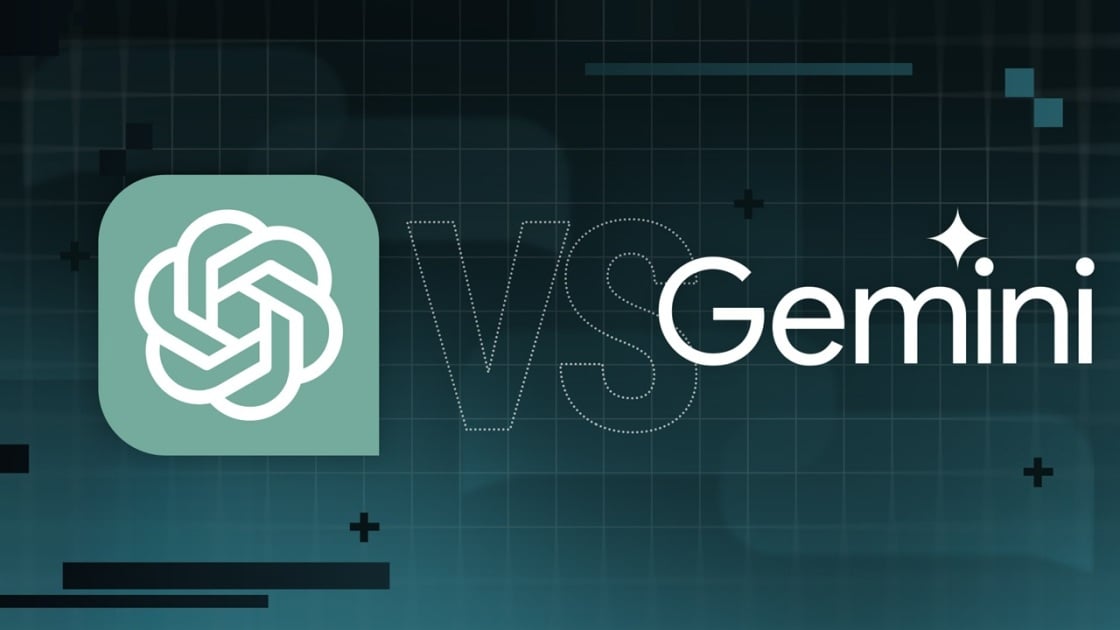
Precio
ChatGPT y Gemini tienen versiones gratuitas que limitan su acceso a características y modelos. Los planes premium para ambos también comienzan en alrededor de $ 20 por mes. Las características de chatbot, como investigaciones profundas, generación de imágenes y videos, búsqueda web y más, son similares en ChatGPT y Gemini. Sin embargo, los planes de Gemini pagados también incluyen el almacenamiento en la nube de Google Drive (a partir de 2TB) y un conjunto robusto de integraciones en las aplicaciones de Google Workspace.
Los niveles de más alta gama de ChatGPT y Gemini desbloquean el aumento de los límites de uso y algunas características únicas, pero el costo mensual prohibitivo de estos planes (como $ 200 para Chatgpt Pro o $ 250 para Gemini Ai Ultra) los pone fuera del alcance de la mayoría de las personas. Las características específicas del plan Pro de ChatGPT, como el modo O1 Pro que aprovecha el poder de cálculo adicional para preguntas particularmente complicadas, no son especialmente relevantes para el consumidor promedio, por lo que no sentirá que se está perdiendo. Sin embargo, es probable que desee las características que son exclusivas del plan Ai Ultra de Gemini, como la generación de videos VEO 3.
Ganador: Géminis
Plataformas
Puede acceder a ChatGPT y Gemini en la web o a través de aplicaciones móviles (Android e iOS). ChatGPT también tiene aplicaciones de escritorio (macOS y Windows) y una extensión oficial para Google Chrome. Gemini no tiene aplicaciones de escritorio dedicadas o una extensión de Chrome, aunque se integra directamente con el navegador.
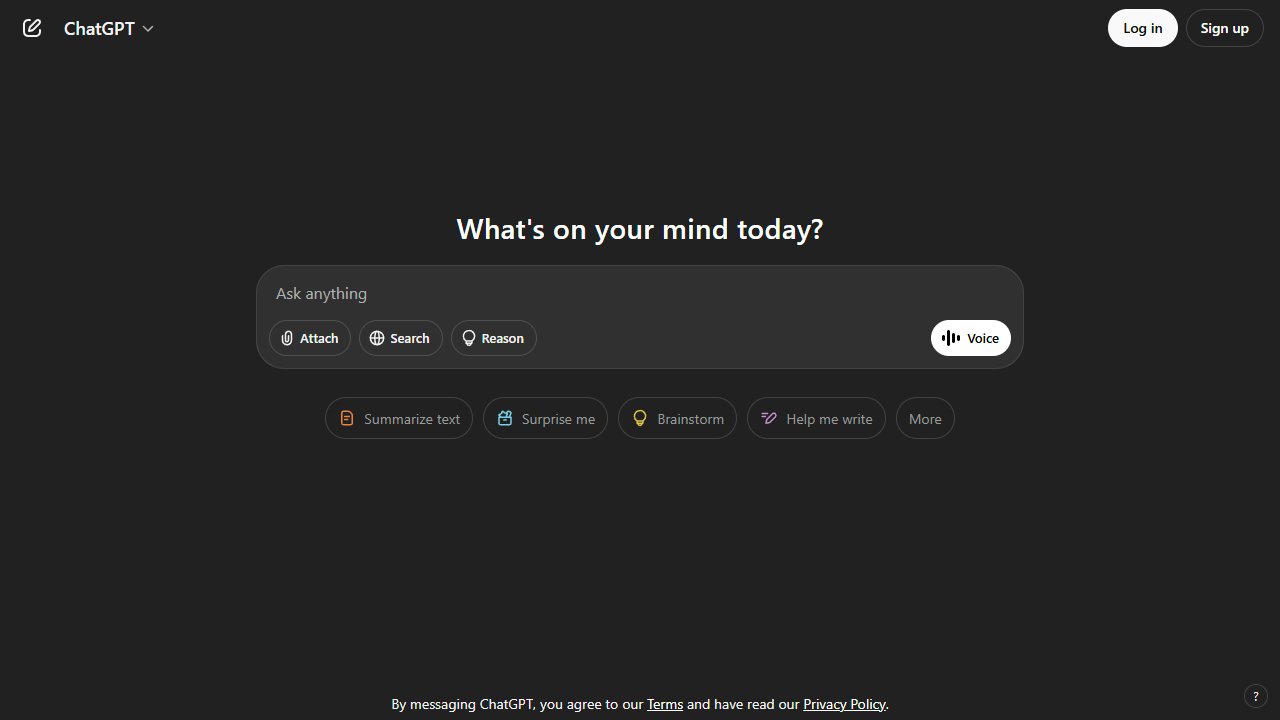
(Crédito: OpenAI/PCMAG)
Chatgpt está disponible en otros lugares, Como a través de Siri. Como se mencionó, puede acceder a Gemini en las aplicaciones de Google, como el calendario, Documento, ConducirGmail, Mapas, Mantener, FotosSábanas, y Música de YouTube. Tanto los modelos de Chatgpt como Gemini también aparecen en sitios como la perplejidad. Sin embargo, obtiene la mayor cantidad de funciones de estos chatbots en sus aplicaciones y portales web dedicados.
Las interfaces de ambos chatbots son en gran medida consistentes en todas las plataformas. Son fáciles de usar y no lo abruman con opciones y alternar. ChatGPT tiene algunas configuraciones más para jugar, como la capacidad de ajustar su personalidad, mientras que la profunda interfaz de investigación de Gemini hace un mejor uso de los bienes inmuebles de pantalla.
Ganador: empate
Modelos de IA
ChatGPT tiene dos series primarias de modelos, la serie 4 (su línea de conversación, insignia) y la Serie O (su compleja línea de razonamiento). Gemini ofrece de manera similar una serie Flash de uso general y una serie Pro para tareas más complicadas.
Los últimos modelos de Chatgpt son O3 y O4-Mini, y los últimos de Gemini son 2.5 Flash y 2.5 Pro. Fuera de la codificación o la resolución de una ecuación, pasará la mayor parte de su tiempo usando los modelos de la serie 4-Series y Flash. A continuación, puede ver cómo funcionan estos modelos en una variedad de tareas. Qué modelo es mejor depende realmente de lo que quieras hacer.
Ganador: empate
Búsqueda web
ChatGPT y Gemini pueden buscar información actualizada en la web con facilidad. Sin embargo, ChatGPT presenta mosaicos de artículos en la parte inferior de sus respuestas para una lectura adicional, tiene un excelente abastecimiento que facilita la vinculación de reclamos con evidencia, incluye imágenes en las respuestas cuando es relevante y, a menudo, proporciona más detalles en respuesta. Gemini no muestra nombres de fuente y títulos de artículos completos, e incluye mosaicos e imágenes de artículos solo cuando usa el modo AI de Google. El abastecimiento en este modo es aún menos robusto; Google relega las fuentes a los caretes que se pueden hacer clic que no resaltan las partes relevantes de su respuesta.
Como parte de sus experiencias de búsqueda en la web, ChatGPT y Gemini pueden ayudarlo a comprar. Si solicita consejos de compra, ambos presentan mosaicos haciendo clic en enlaces a los minoristas. Sin embargo, Gemini generalmente sugiere mejores productos y tiene una característica única en la que puede cargar una imagen tuya para probar digitalmente la ropa antes de comprar.
Ganador: chatgpt
Investigación profunda
ChatGPT y Gemini pueden generar informes que tienen docenas de páginas e incluyen más de 50 fuentes sobre cualquier tema. La mayor diferencia entre los dos se reduce al abastecimiento. Gemini a menudo cita más fuentes que CHATGPT, pero maneja el abastecimiento en informes de investigación profunda de la misma manera que lo hace en la búsqueda en modo AI, lo que significa caretas que se puede hacer clic sin destacados en el texto. Debido a que es más difícil conectar las afirmaciones en los informes de Géminis a fuentes reales, es más difícil creerles. El abastecimiento claro de ChatGPT con destacados en el texto es más fácil de confiar. Sin embargo, Gemini tiene algunas características de calidad de vida en ChatGPT, como la capacidad de exportar informes formateados correctamente a Google Docs con un solo clic. Su tono también es diferente. Los informes de ChatGPT se leen como publicaciones de foro elaboradas, mientras que los informes de Gemini se leen como documentos académicos.
Ganador: chatgpt
Generación de imágenes
La generación de imágenes de ChatGPT impresiona independientemente de lo que solicite, incluso las indicaciones complejas para paneles o diagramas cómicos. No es perfecto, pero los errores y la distorsión son mínimos. Gemini genera imágenes visualmente atractivas más rápido que ChatGPT, pero rutinariamente incluyen errores y distorsión notables. Con indicaciones complicadas, especialmente diagramas, Gemini produjo resultados sin sentido en las pruebas.
Arriba, puede ver cómo ChatGPT (primera diapositiva) y Géminis (segunda diapositiva) les fue con el siguiente mensaje: “Genere una imagen de un estudio de moda con una decoración simple y rústica que contrasta con el espacio más agradable. Incluya un sofá marrón y paredes de ladrillo”. La imagen de ChatGPT limita los problemas al detalle fino en las hojas de sus plantas y texto en su libro, mientras que la imagen de Gemini muestra problemas más notables en su tubo de cordón y lámpara.
Ganador: chatgpt
¡Obtenga nuestras mejores historias!
Toda la última tecnología, probada por nuestros expertos
Regístrese en el boletín de informes de laboratorio para recibir las últimas revisiones de productos de PCMAG, comprar asesoramiento e ideas.
Al hacer clic en Registrarme, confirma que tiene más de 16 años y acepta nuestros Términos de uso y Política de privacidad.
¡Gracias por registrarse!
Su suscripción ha sido confirmada. ¡Esté atento a su bandeja de entrada!
Generación de videos
La generación de videos de Gemini es la mejor de su clase, especialmente porque ChatGPT no puede igualar su capacidad para producir audio acompañante. Actualmente, Google bloquea el último modelo de generación de videos de Gemini, VEO 3, detrás del costoso plan AI Ultra, pero obtienes más videos realistas que con ChatGPT. Gemini también tiene otras características que ChatGPT no, como la herramienta Flow Filmmaker, que le permite extender los clips generados y el animador AI Whisk, que le permite animar imágenes fijas. Sin embargo, tenga en cuenta que incluso con VEO 3, aún necesita generar videos varias veces para obtener un gran resultado.
En el ejemplo anterior, solicité a ChatGPT y Gemini a mostrarme un solucionador de cubos de Rubik Rubik que resuelva un cubo. La persona en el video de Géminis se ve muy bien, y el audio acompañante es competente. Al final, hay una buena atención al detalle con el marco que se desplaza, simulando la detención de una grabación de selfies. Mientras tanto, Chatgpt luchó con su cubo, distorsionándolo en gran medida.
Ganador: Géminis
Procesamiento de archivos
Comprender los archivos es una fortaleza de ChatGPT y Gemini. Ya sea que desee que respondan preguntas sobre un manual, editen un currículum o le informen algo sobre una imagen, ninguno decepciona. Sin embargo, ChatGPT tiene la ventaja sobre Gemini, ya que ofrece un reconocimiento de imagen ligeramente mejor y respuestas más detalladas cuando pregunta sobre los archivos cargados. Ambos chatbots todavía a veces inventan citas de documentos proporcionados o malinterpretan las imágenes, así que asegúrese de verificar sus resultados.
Ganador: chatgpt
Escritura creativa
Chatgpt y Gemini pueden generar poemas, obras, historias y más competentes. CHATGPT, sin embargo, se destaca entre los dos debido a cuán únicas son sus respuestas y qué tan bien responde a las indicaciones. Las respuestas de Gemini pueden sentirse repetitivas si no calibra cuidadosamente sus solicitudes, y no siempre sigue todas las instrucciones a la carta.
En el ejemplo anterior, solicité ChatGPT (primera diapositiva) y Gemini (segunda diapositiva) con lo siguiente: “Sin hacer referencia a nada en su memoria o respuestas anteriores, quiero que me escriba un poema de verso gratuito. Preste atención especial a la capitalización, enjambment, ruptura de línea y puntuación. Dado que es un verso libre, no quiero un medidor familiar o un esquema de retiro de la rima, pero quiero que tenga un estilo de coohes. ChatGPT logró entregar lo que pedí en el aviso, y eso era distinto de las generaciones anteriores. Gemini tuvo problemas para generar un poema que incorporó cualquier cosa más allá de las comas y los períodos, y su poema anterior se lee de manera muy similar a un poema que generó antes.
Recomendado por nuestros editores
Ganador: chatgpt
Razonamiento complejo
Los modelos de razonamiento complejos de Chatgpt y Gemini pueden manejar preguntas de informática, matemáticas y física con facilidad, así como mostrar de manera competente su trabajo. En las pruebas, ChatGPT dio respuestas correctas un poco más a menudo que Gemini, pero su rendimiento es bastante similar. Ambos chatbots pueden y le darán respuestas incorrectas, por lo que verificar su trabajo aún es vital si está haciendo algo importante o tratando de aprender un concepto.
Ganador: chatgpt
Integración
ChatGPT no tiene integraciones significativas, mientras que las integraciones de Gemini son una característica definitoria. Ya sea que desee obtener ayuda para editar un ensayo en Google Docs, comparta una pestaña Chrome para hacer una pregunta, pruebe una nueva lista de reproducción de música de YouTube personalizada para su gusto o desbloquee ideas personales en Gmail, Gemini puede hacer todo y mucho más. Es difícil subestimar cuán integrales y poderosas son realmente las integraciones de Géminis.
Ganador: Géminis
Asistentes de IA
ChatGPT tiene GPT personalizados, y Gemini tiene gemas. Ambos son asistentes de IA personalizables. Tampoco es una gran actualización sobre hablar directamente con los chatbots, pero los GPT personalizados de terceros agregan una nueva funcionalidad, como el fácil acceso a Canva para editar imágenes generadas. Mientras tanto, terceros no pueden crear gemas, y no puedes compartirlas. Puede permitir que los GPT personalizados accedan a la información externa o tomen acciones externas, pero las GEM no tienen una funcionalidad similar.
Ganador: chatgpt
Contexto Windows y límites de uso
La ventana de contexto de ChatGPT sube a 128,000 tokens en sus planes de nivel superior, y todos los planes tienen límites de uso dinámicos basados en la carga del servidor. Géminis, por otro lado, tiene una ventana de contexto de 1,000,000 token. Google no está demasiado claro en los límites de uso exactos para Gemini, pero también son dinámicos dependiendo de la carga del servidor. Anecdóticamente, no pude alcanzar los límites de uso usando los planes pagados de Chatgpt o Gemini, pero es mucho más fácil hacerlo con los planes gratuitos.
Ganador: Géminis
Privacidad
La privacidad en Chatgpt y Gemini es una bolsa mixta. Ambos recopilan cantidades significativas de datos, incluidos todos sus chats, y usan esos datos para capacitar a sus modelos de IA de forma predeterminada. Sin embargo, ambos le dan la opción de apagar el entrenamiento. Google al menos no recopila y usa datos de Gemini para fines de capacitación en aplicaciones de espacio de trabajo, como Gmail, de forma predeterminada. ChatGPT y Gemini también prometen no vender sus datos o usarlos para la orientación de anuncios, pero Google y OpenAI tienen historias sórdidas cuando se trata de hacks, filtraciones y diversos fechorías digitales, por lo que recomiendo no compartir nada demasiado sensible.
Ganador: empate
Related posts







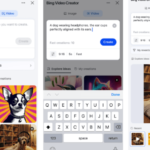




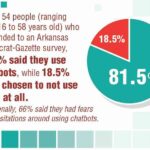






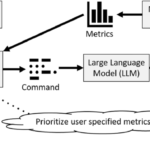




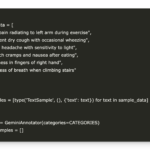


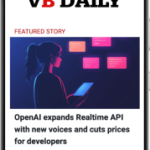


















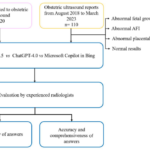





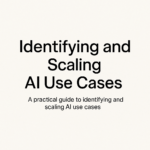


















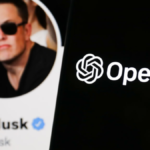
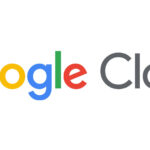
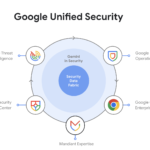



















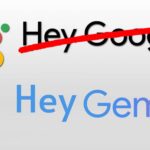


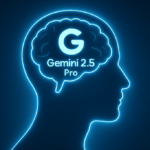






































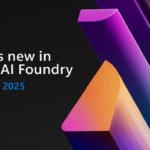













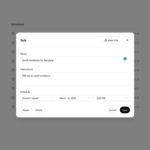








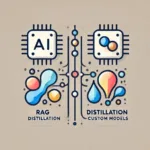




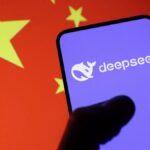















































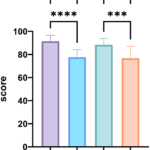


















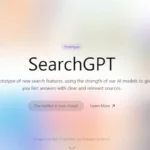









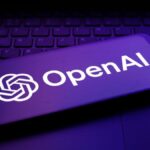



















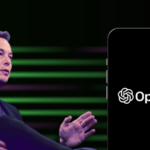






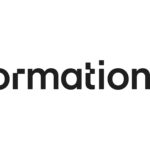








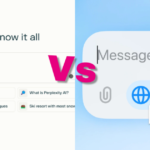




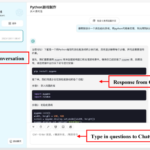











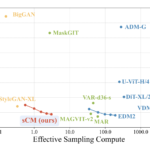






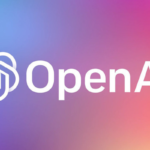









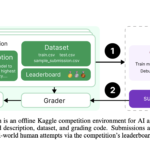
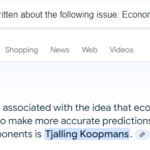






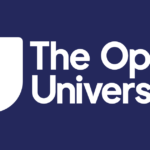


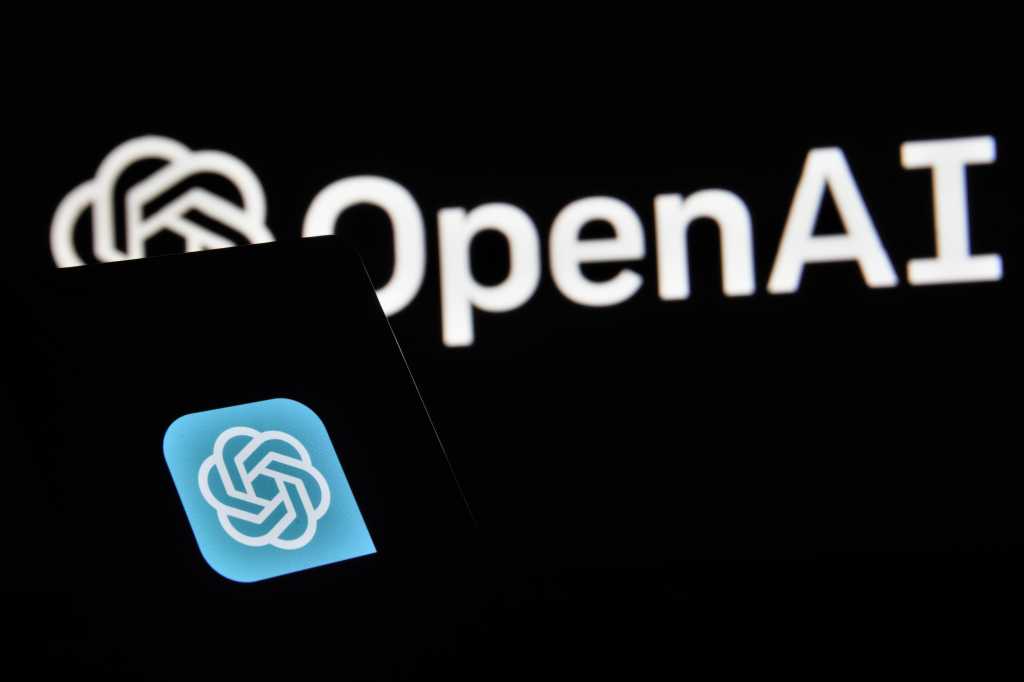

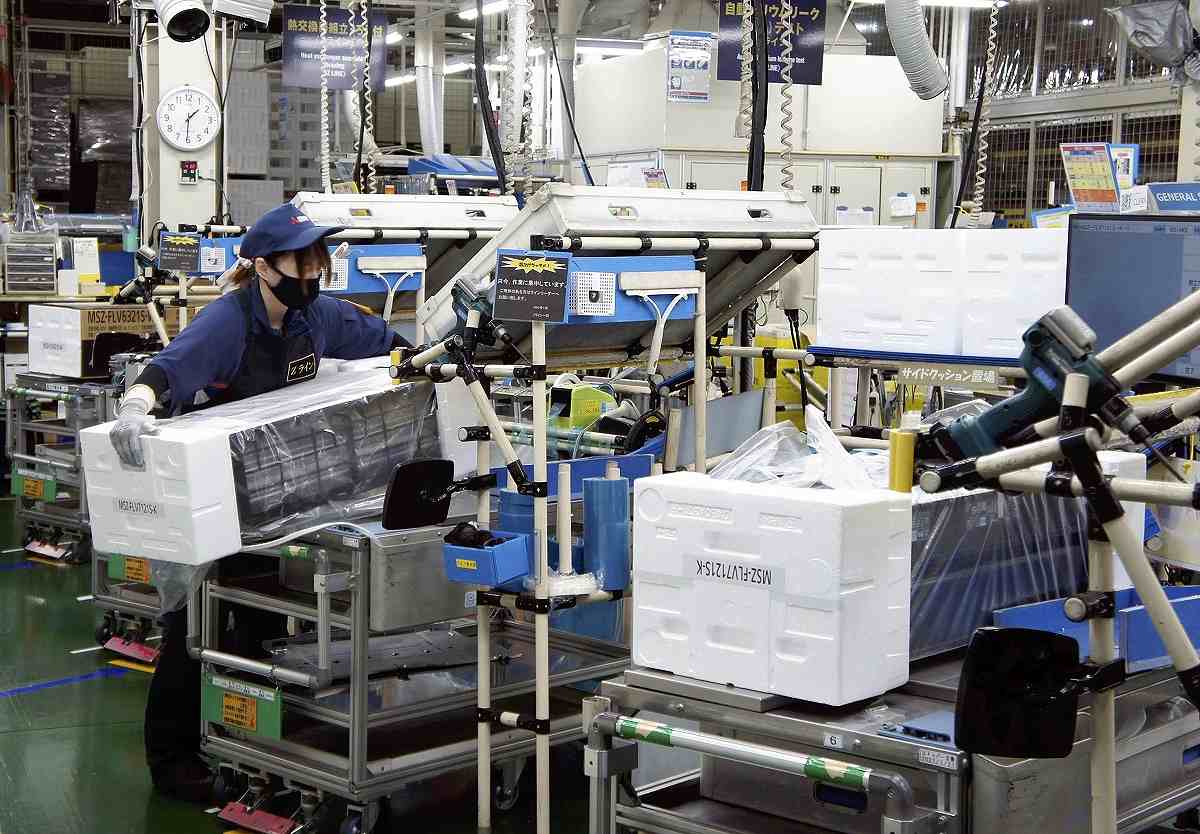


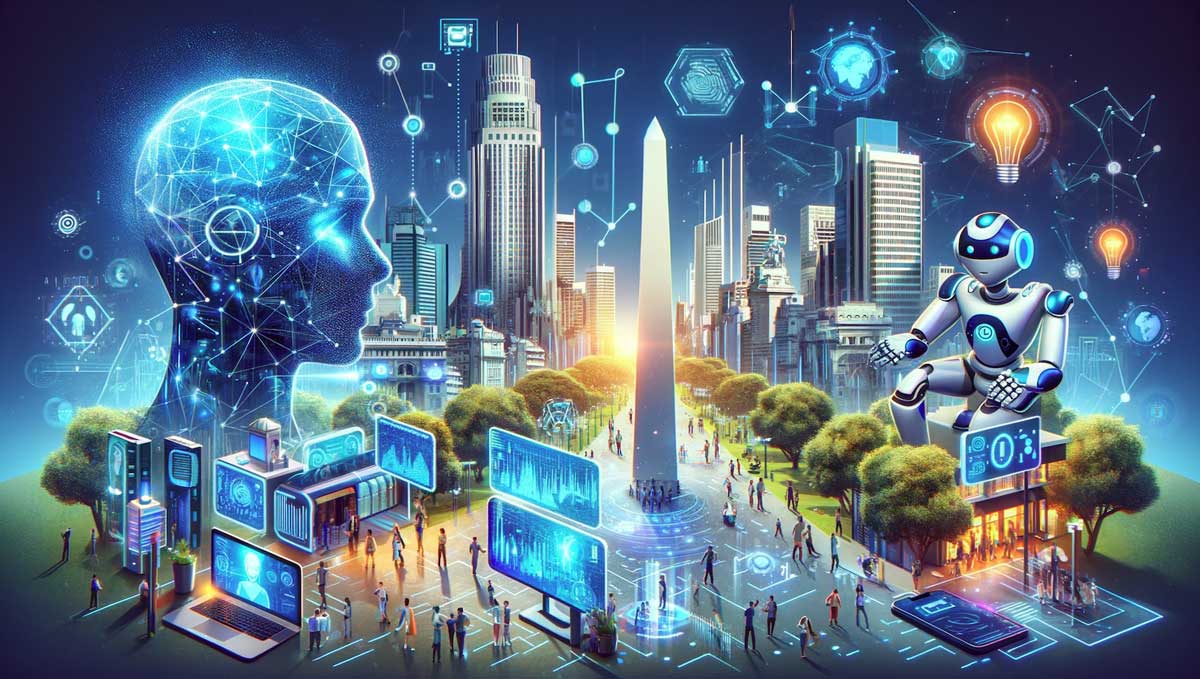

Trending
-

 Startups2 años ago
Startups2 años agoRemove.bg: La Revolución en la Edición de Imágenes que Debes Conocer
-

 Tutoriales2 años ago
Tutoriales2 años agoCómo Comenzar a Utilizar ChatGPT: Una Guía Completa para Principiantes
-

 Startups1 año ago
Startups1 año agoStartups de IA en EE.UU. que han recaudado más de $100M en 2024
-
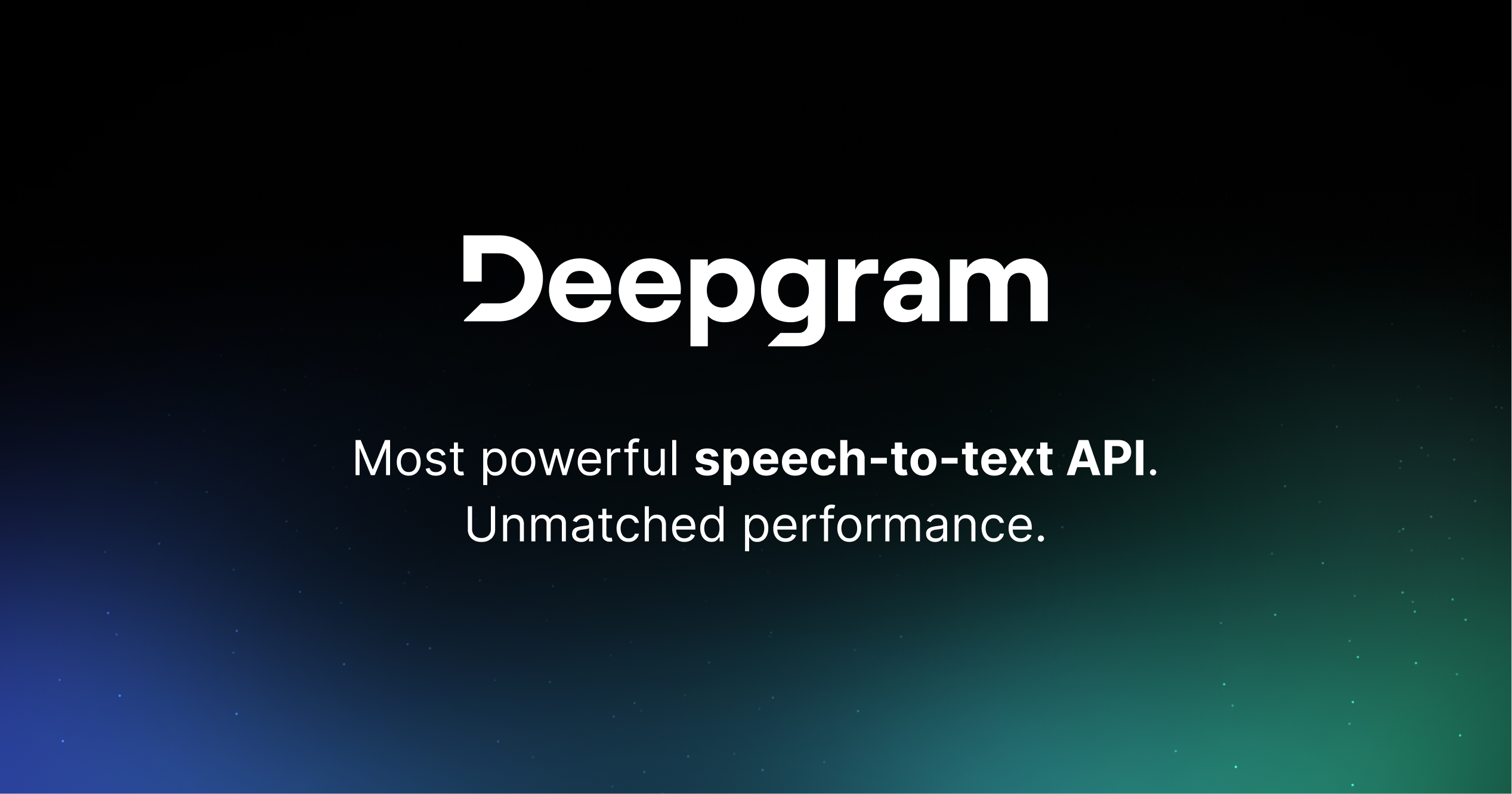
 Startups2 años ago
Startups2 años agoDeepgram: Revolucionando el Reconocimiento de Voz con IA
-

 Recursos2 años ago
Recursos2 años agoCómo Empezar con Popai.pro: Tu Espacio Personal de IA – Guía Completa, Instalación, Versiones y Precios
-
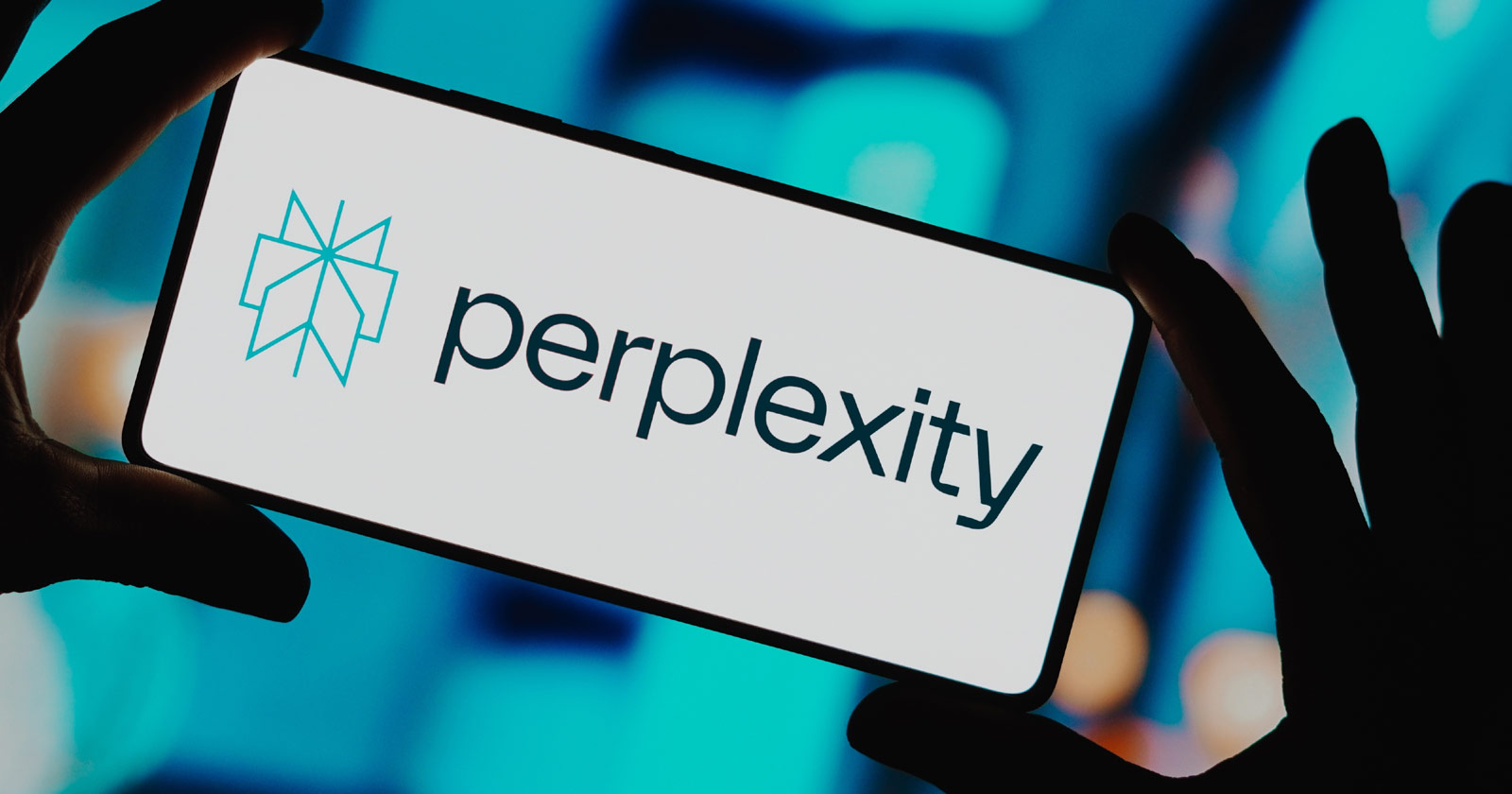
 Recursos2 años ago
Recursos2 años agoPerplexity aplicado al Marketing Digital y Estrategias SEO
-
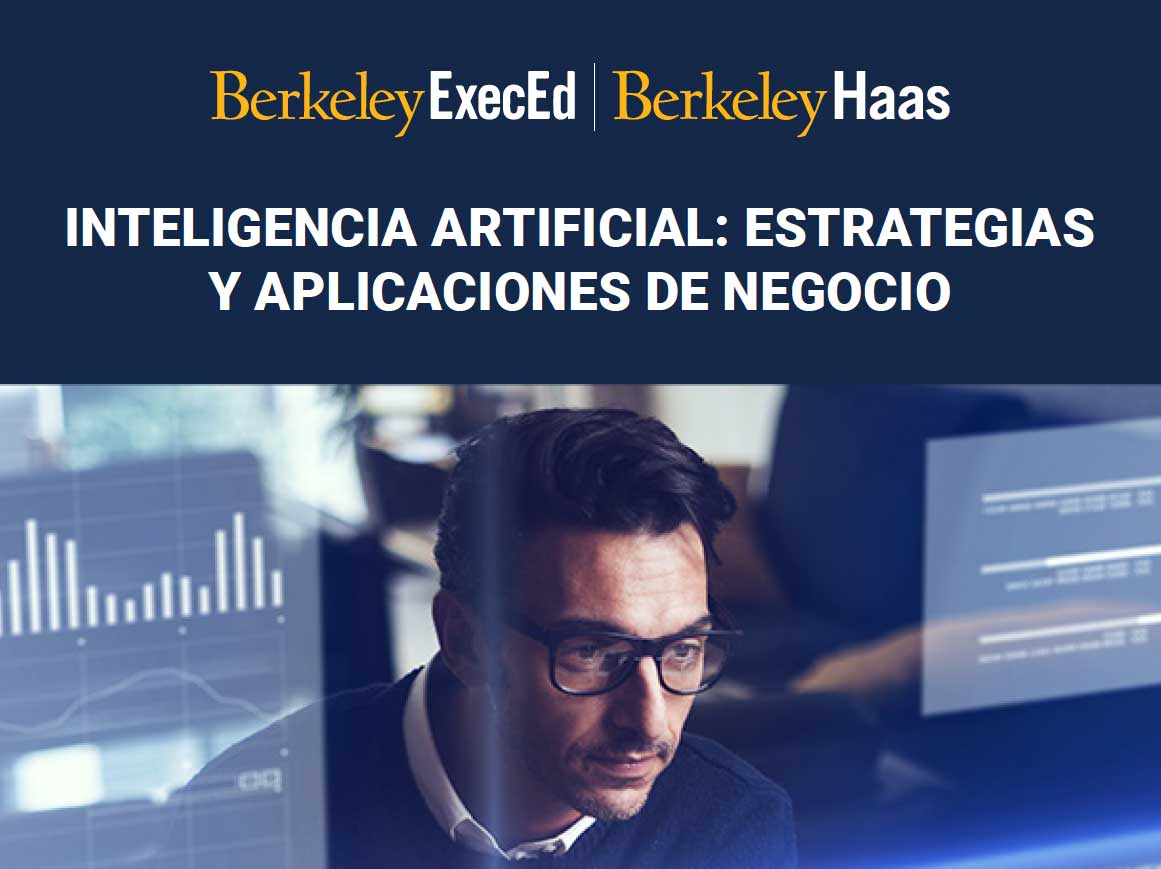
 Estudiar IA2 años ago
Estudiar IA2 años agoCurso de Inteligencia Artificial de UC Berkeley estratégico para negocios
-
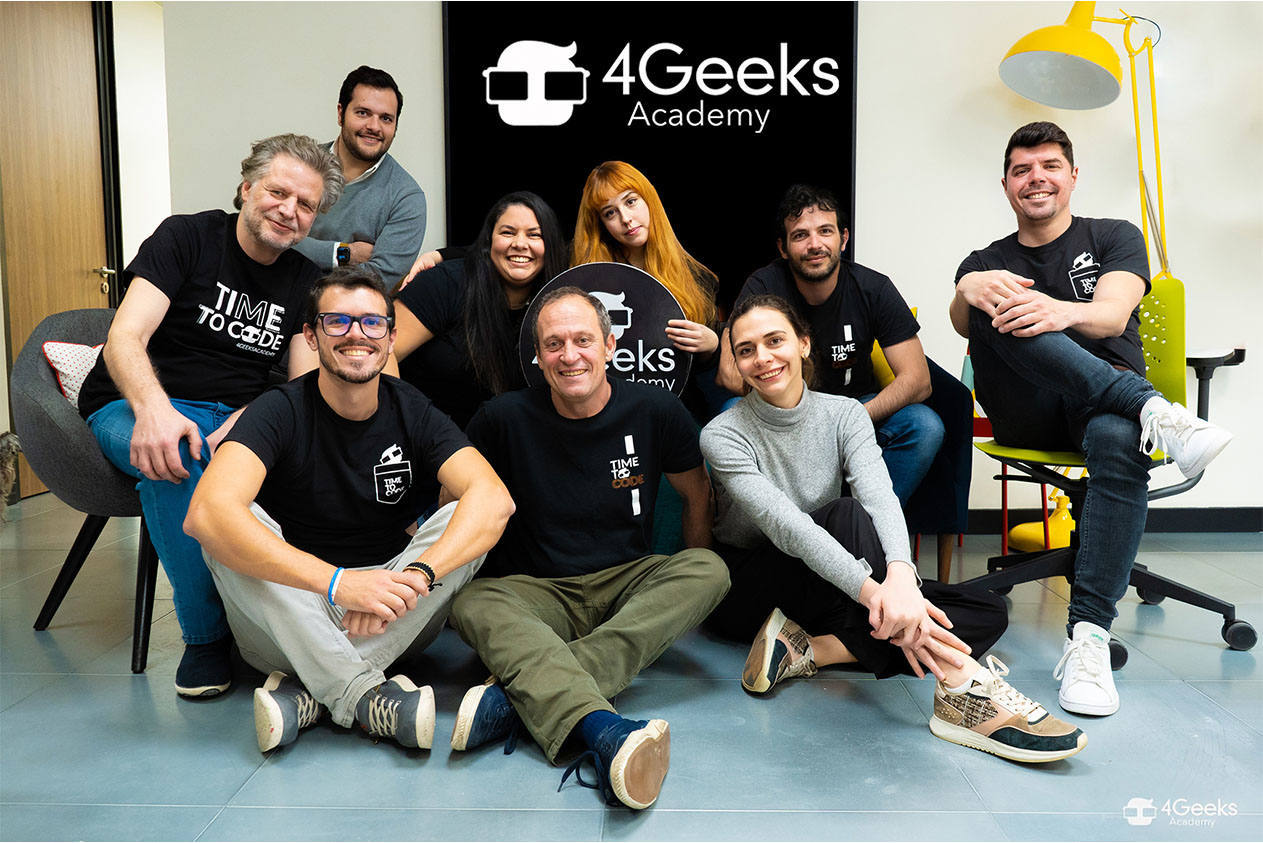
 Estudiar IA2 años ago
Estudiar IA2 años agoCurso de Inteligencia Artificial Aplicada de 4Geeks Academy 2024









